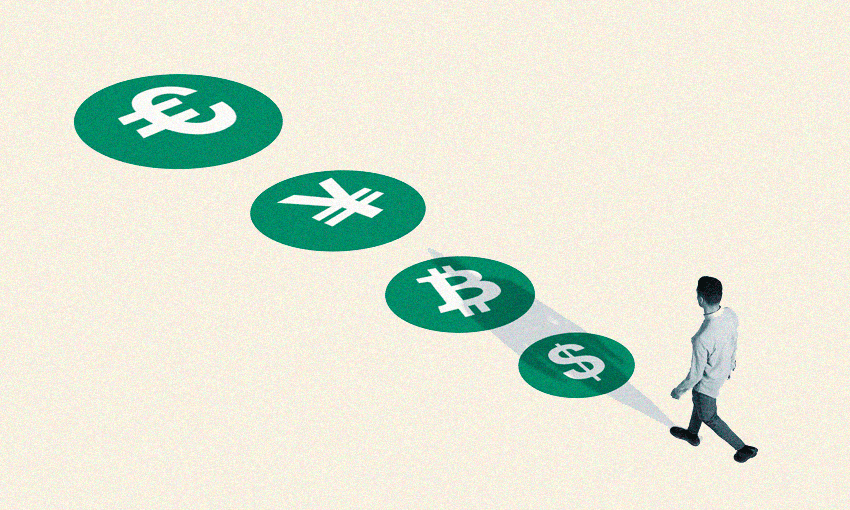How to stop procrastinating and actually (finally) get on top of investing. Because there’s a good chance that if you’re reading this, you don’t know a single thing about it.
Read the full series here.
I can’t say I have a lot of good habits, but one habit I can vouch for is my inclination to save. I’ve saved up a modest amount of money over the past few years and watching it steadily grow, year after year, has provided some semblance of pride and satisfaction. But recently, I’ve started to want more – more growth, more value and naturally, more risk. Interest rates for savings accounts are getting measlier every year, and even though I’m constantly depositing more money, it really doesn’t seem like I’m getting much in return.
Like a lot of people, I’ve always wanted to know how to invest. It’s been on my to-do list for years, but I always seem to find an excuse not to start: too busy, too tired, too scared to take the plunge. But right now, it’s boom time for individual, non-professional (retail) investing; never has it been easier and more affordable to do. So I decided, since there’s no better time to start than now, to finally give investing a real good go.
What is investing and why should I do it?
Investing is essentially putting money into things (assets) that’ll earn income or grow in value over time. Billionaire investor Warren Buffett once described it as “the process of laying out money now to receive more money in the future”, so if that sounds like a bit of you, I suggest you read on.
But investing sounds scary and hard…
Yes, it does sound scary and hard. For a lot of people, especially those who came of age during the 2008 global financial crisis (or just watched a lot of movies about Wall Street), investing conjures up images of stressed-out men with their sleeves rolled up watching a frantic slew of numbers on a giant screen while yelling things like “the Nasdaq is down!!!”
But investing is so much more than just the share market, and it’s so much more than its reputation for being a confusing and difficult thing for ordinary people to do. In fact, if you hold a KiwiSaver account, you’re actually investing already.
OK, so what assets can I invest in?
There are a lot of different types of investments out there from cryptocurrency to peer-to-peer lending, but the main ones you should know about are:
- Cash: Savings accounts and term deposits both count as cash investments. They’re one of the safest investments you can make as your money usually just sits in the bank and accrues interest over time. However, the interest you accrue usually isn’t as much as you’d get from other riskier investments.
- Bonds: When you invest in bonds, you’re lending money to the government or to a corporation. In return, you get a fixed rate of interest that is usually (but not always) higher than what a typical bank offers. The level of risk involved tends to depend on who’s issuing them (eg government bonds are considered to be lower risk).
- Property: One of the few tangible assets out there, investing in real estate is pretty straightforward. You buy a property and earn money either from rent paid by tenants or from the property increasing in value (aka capital gains). It’s a popular form of investment in New Zealand that’s benefitted from the recent housing boom, but the risks are generally considered higher than for cash and bonds.
- Shares: When you buy a share (also commonly known as a “stock” or “equity”) you’re essentially buying a part of a business, so the more shares you buy, the more of the business you own. Owning a part of a business means you share in all its ups and downs, and because shares rise and fall in value quite often (referred to as “volatility”), they tend to be better as long-term investments so you can ride things out.
And how do I invest in these assets?
Again, there are a lot of different ways you can invest. For example, you can buy shares directly or purchase a house with the intention of renting it out. But for most beginners, these options aren’t really the most accessible, which is why the emergence of online investment platforms in the last few years has really changed the game. These platforms, such as Sharesies, Hatch, Kernel and InvestNow, have enabled ordinary New Zealanders with little to no experience or money to spare to enter into a world once reserved for the wealthy elite. Nowadays, you don’t need to have $10,000 to invest and you don’t need to watch the share market like a hawk (although you can, if you want). It’s why these investment platforms, along with some offerings from banks/fund managers, will go on to be the main focus for the rest of the series.
But before that, it’s important to know what type of investor you are and what you need to keep in mind while investing, all of which will be covered in part two.
Thanks to Sorted’s Tom Hartmann, the Financial Markets Authority’s Gillian Boyes, and the raft of excellent guides online for their assistance on this series.
Read more:
Understanding KiwiSaver, part one: The basics
